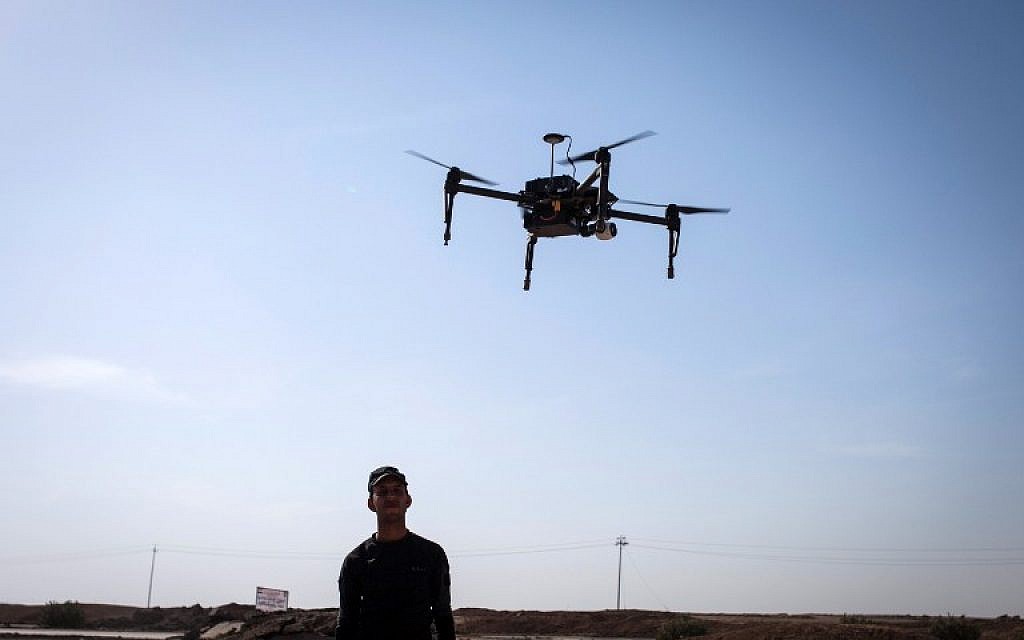
Expanding America’s Drone Arsenal The Pentagon’s $6 Billion Investment in the XQ-58A Valkyrie Program In a significant move that highlights the growing importance of unmanned aerial vehicles (UAVs) in modern warfare, the Pentagon has unveiled a groundbreaking program aimed at bolstering America’s drone production capabilities. The United States Air Force is seeking nearly $6 billion in federal funding over the next five years to advance this initiative, with a particular focus on the XQ-58A Valkyrie uncrewed aircraft, which boasts a remarkably cost-effective price tag of just $3 million. In this article, we delve into the details of this ambitious program, exploring its potential impact on national defense, the drone industry, and international geopolitics.
Expanding America’s Drone Arsenal The Pentagon’s $6 Billion Investment in the XQ-58A Valkyrie Program
The Pentagon’s Strategic Vision
The Pentagon’s announcement marks a clear shift in the military’s strategic vision, emphasizing the vital role that drones will play in future conflicts. This substantial financial commitment underscores the belief that UAVs are no longer ancillary tools but are becoming central to modern warfare, surveillance, and reconnaissance.
The United States Air Force’s Ambitious Request
The United States Air Force’s request for nearly $6 billion in federal funding is indicative of the organization’s determination to establish itself as a global leader in drone technology. This investment will be channeled into research, development, and production, aiming to provide the military with a diverse and advanced fleet of drones.
The XQ-58A Valkyrie: A Game-Changer in Drone Technology
The XQ-58A Valkyrie has captured the Pentagon’s attention for its impressive capabilities at a remarkably affordable price point. We explore the technical specifications and features that make the Valkyrie a game-changer in drone technology, discussing its versatility, range, and potential applications in various military operations.
The Economic and Industrial Implications
Beyond its military significance, the Pentagon’s drone program carries considerable economic and industrial implications. The substantial investment is expected to stimulate job growth and innovation in the aerospace and defense sectors, potentially boosting the broader economy.
International Implications and Geopolitical Dynamics
The expansion of America’s drone production base has far-reaching international implications. We analyze how this program could impact global power dynamics, alliances, and the strategies of other nations, potentially sparking a new arms race in the UAV sector.
Ethical and Legal Considerations
With the growing use of drones in military operations, ethical and legal concerns have come to the forefront. We examine the potential ethical dilemmas and legal challenges associated with the increased production and deployment of drones in modern warfare.
The Pentagon’s announcement of its ambitious drone production program, spearheaded by the XQ-58A Valkyrie, is a clear indicator of the evolving nature of modern warfare and the pivotal role that UAVs are set to play in it. As the United States Air Force seeks substantial federal funding to advance its drone capabilities, the program’s impact will reverberate across military, economic, and geopolitical realms. This strategic move raises important questions about the future of warfare, ethics, and international stability, making it a development worth closely monitoring in the coming years.
Last Updated on: Friday, September 1, 2023 7:51 am by Anu Priya | Published by: Anu Priya on Friday, September 1, 2023 7:51 am | News Categories: GENERAL, Economy, News
About Us: Business Byte covers a wide range of topics, including India news, business updates, startup insights, technology trends, sports, entertainment, lifestyle, automobiles, and more, led by Editor-in-Chief Ankur Srivastava. Stay connected on Website, Facebook, Instagram, LinkedIn, X (formerly Twitter), Google News, and Whatsapp Channel.
Disclaimer: At Business Byte, we are committed to providing accurate, reliable, and thoroughly verified information, sourced from trusted media outlets. For more details, please visit our About, Disclaimer, Terms & Conditions, and Privacy Policy. If you have any questions, feedback, or concerns, feel free to contact us through email.
Contact Us: businessbyteofficial@gmail.com || ankursri983@gmail.com